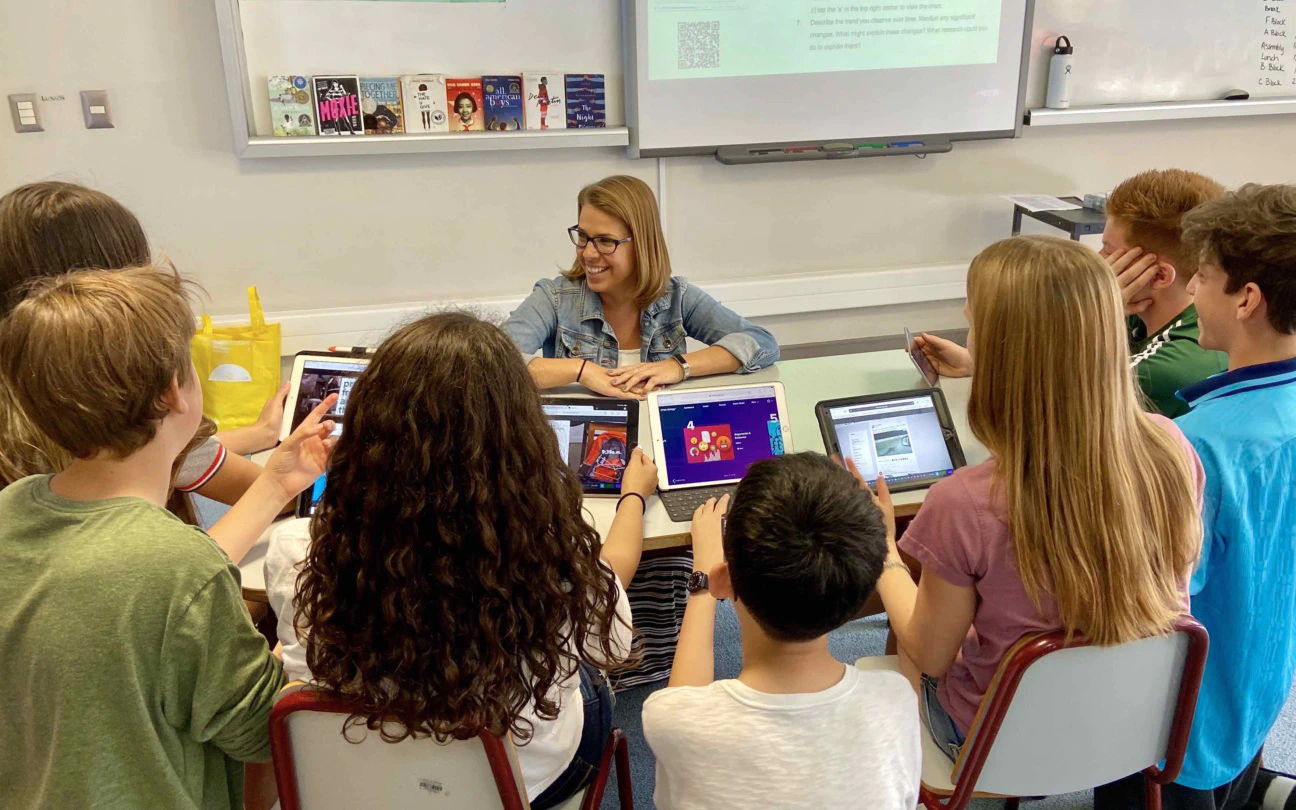Gone are the days of traditional classrooms and chalkboards – the future of education is here, and it’s digital. With the rise of technology in the classroom, students are now learning in ways that were once unimaginable. From interactive online platforms to virtual teachers guiding lessons, the possibilities for transforming education are endless. Join us as we explore how digital classrooms and digital teachers are revolutionizing learning as we know it.
How Technology is changing the Education Landscape
Technology has had a significant impact on almost every aspect of our lives, and education is no exception. In recent years, there has been a widespread integration of technology in the education landscape, transforming traditional classrooms into digital ones. This shift has brought about numerous changes and advancements, making learning more engaging, interactive, and accessible for students.
Tips for Students to Thrive in a Digital Learning Environment
The transition to Digital Teacher has been accelerated by the COVID-19 pandemic, and many students are finding themselves in a new educational landscape. With classes being conducted online and traditional classrooms being replaced with virtual ones, it is essential for students to adapt to this new way of learning in order to thrive. To help you navigate this digital learning environment, here are some tips that can make your experience more productive and enjoyable.
- Set up a dedicated study space: It is important to have a designated area for studying that is free from distractions. This could be a desk or table where you can keep all your study materials organized and within reach. Having a set study space also helps create a sense of routine and structure, which is crucial for effective learning.
- Establish a daily routine: Just like attending physical classes, it is important to establish a daily routine when studying in a digital environment. Set specific times for attending lectures, completing assignments, and taking breaks. This will not only help you stay on track but also prevent burnout from spending too much time in front of the screen.
- Stay organized: With multiple online platforms being used for classes, assignments, and communication with teachers, it is vital to stay organized. Make sure you have all the necessary logins and passwords saved in one place so that you can access them easily when needed.
- Communicate with your teachers: In virtual classrooms, it may be harder for teachers to gauge if students are understanding the material or having any difficulties. Don’t hesitate to reach out to your teachers if you need clarification or extra help with any course material.
- Limit distractions: The internet offers endless sources of entertainment that can easily distract students from their studies. To avoid this, try using apps or website blockers during designated study times so that you can focus on your coursework without getting sidetracked.
Conclusion
As we move towards a more digital world, it is clear that education is also evolving. Digital Classroom and teachers are transforming the way students learn, making education more accessible, interactive, and personalized. From virtual field trips to online collaboration tools, technology has opened up endless possibilities for learning. While there may be challenges to overcome in implementing these changes, the future of education looks promising with the integration of digital tools. By leveraging technology effectively, we can provide students with a well-rounded and engaging learning experience that prepares them for success in an increasingly digital world.

